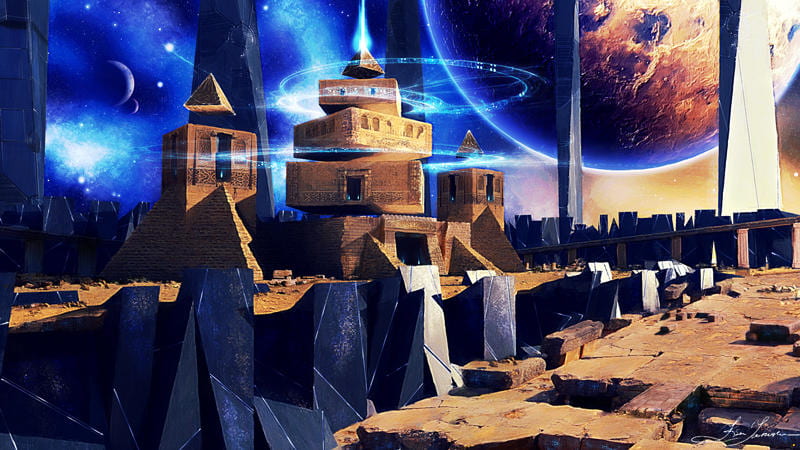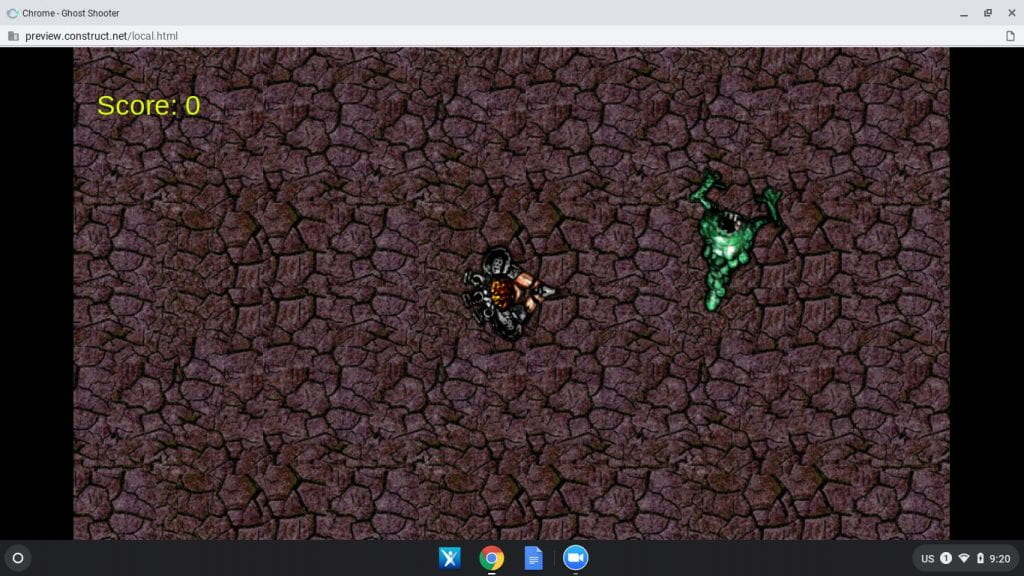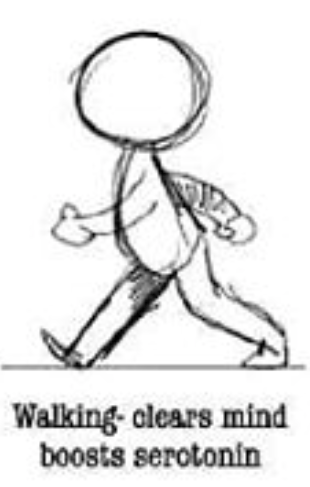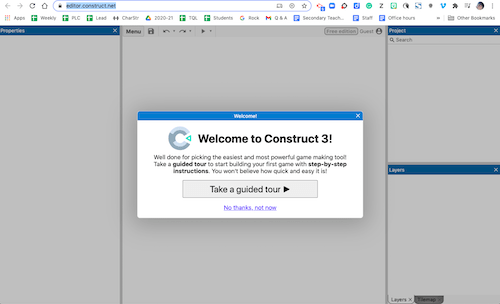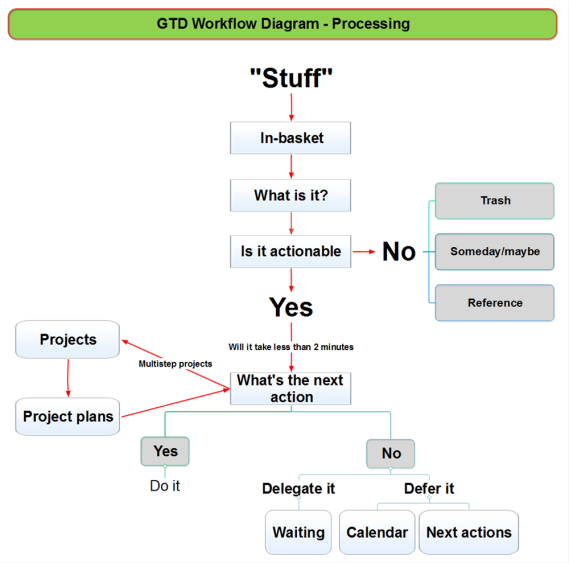| Formal Elements | |
| The Basics | |
| Name of the game | Destiny 2 |
| The platform | Played on Xbox One X, but it is also available on Xbox Series X, Ps4, Ps5, and PC. |
| Time played (should be at least 30 minutes) | Lifetime played: 67 days, 23 hours, and 4 minutes.
Analysis played: Roughly 2 hours going through as much of what the game had to offer as I could. |
| If you could work on this game (change it), what would you change and why? | The balancing between PvP and PvE, because so far for the most part any changes that happen in game for a reason like its to broken in pvp so they mess with it and fix then translates over to pve where it was working just fine and no it is less then subpar. |
| Players | NOTES |
| How many players are supported? | It’s an online games with open servers and social places so a lot, but if we are talking about playing together the max would be 12 and the min would be 1. |
| Does it need to be an exact number? | Sometimes yes Sometimes no. Certain activities will have a exact number to have but others do not. |
| How does this affect play? | It can really change up the dynamic of play, say you want to do some end game stuff so you decide to do a raid, you can go into a raid with any number of people from 1 – 6 and depending on how many you have will change what strategies you use and what gear you equip, it can also determine what you can get done in said raid, some encounters or parts of the raid may have you activate something by standing on three separate plates at once meaning at minimum you should have three people. |
| Some types of player frameworks:Single Player – like Solitare.Head-to-head – 1 vs. 1, Chess.PvE – Player vs. Environment, or multiple players vs. the game. Common in MMOs like World of Warcraft.One against Many – Single-player vs. multiple (obvy).Free-for-all – Every man for himself (1 vs. 1 vs. 1 vs. 1..). Most common for multiplayer games, from Monopoly to Modern Warfare.Individuals Against the System – Like Blackjack, where the Dealer is playing against multiple players, but those players have no effect on each other.Team Competition – Multiple vs. multiple, i.e. sports.Predator-prey – Players form a circle and everyone’s goal is to attack the player on their left and defend themselves from the player on their right.Five-pointed Star – Eliminate both players who are not on either side of you. | As a game it has multiple types of player frameworks depending on what you want to do in it, you could go 6v6 Pvp or free-for-all but there is also a campaign and pve content that can also be played with different pve player frameworks. |
| Objectives/Goals | NOTES |
| What are the players trying to do? | Players main objective no matter what is to get new gear and level up, get stronger stuff like that. |
| Some common objectives include:Capture/Destroy – Eliminate all your opponents pieces (Chess).Territorial Acquisition – Control as much territory as you can, not necessarily harming other players (RISK).Collection – Collect a certain number of objects throughout the game (Pokemon).Solve – Solve a puzzle or crime (Clue).Chase/race/escape – Anything where you are running towards or away from something (playground game Tag).Spatial Alignment – Anything involving the positioning of elements (Tetris or Tic-Tac-Toe or that game at Cracker Barrel).Build – Advance your characters or build your resources to a certain point (The Sims).Negation of another goal – The game ends if you perform an act that is forbidden by the rules (Jenga or Twister). | And will getting stronger is the main goal that almost never goes away you have a bunch of other types of objectives and that need to be completed or can be completed depending on what you do. |
| Rules/Mechanics | |
| There are three categories of (what the book Rules of Play calls) operational rules:Setup – the things you do at the beginning of a game.Progression of Play – what happens during the game.Resolution – How an outcome is determined based on the game state. | If you just start up the game and haven’t played it the first thing you do is choose what class you want to play between Titan, Warlock, and Hunter. And then after that you create how your character looks. After that you will play through the main vanilla campaign defeating bad guys getting armor and weapons, upgrading them getting more and leveling up to unlock new and cool powers. If you die in a no re-spawn zone you have to start over from before you entered that zone and some missions you have to redo the entire thing. But if you complete it and finish the last objective you complete the mission and move on. |
| Controls | NOTES |
| What controls are used? | There is a lot of controls, every button but the home xbox button has one or more functions in the game. You can jump, walk, run, crouch, slide, double jump, triple jump, float, thruster boost, grapple, ride vehicles, shoot guns, aim down sights, swing swords, switch weapons, reload said weapons, melee, throw melee, throw grenades, dodge, put up a rift, put up a shield, use your super, interact with people, pick up items, and much more. |
| Was there a clear introductory tutorial? | Yes, there was the beginning of the campaign takes you through stuff and teaches it to you as you reach needing it, but you can also learn about it before the game tells you. |
| Were they easy to understand or did you find yourself spamming the controller? | Yes they were easy to understand, pretty simple all in all but once you combine them and the other functions of the game it might be overwhelming for certain people. |
| Resources & Resource Management | NOTES |
| What kinds of resources do players control? | Glimmer a form of currency, Silver a form of currency, Bright Dust a form of currency. Ammo, abilities, weapons, armor, ghosts, sparrows, ships, emotes, shaders, planetary materials, activity tokens, bounties, upgrade materials. |
| How are they maintained during play? | Each has there own place to be and you can only have so much of each one, once you reach cap you can’t pick up anymore but you can spend some or use some to be able to pick more up. |
| What is their role? | To buy things, keep you shooting bad guys, keep your guys up to par with the bad guys, get new equipment. |
| A resource is everything under the control of a single player. Could be the money in Monopoly or health in WoW. Other examples are:Territory in RISK The number of questions remaining in 20 Questions Objects picked up during videogames (guns, health packs, etc.)Time (game time, real-time, or both)Known information (like suspects in Clue) | |
| Game State | NOTES |
| How much information in the game state is visible to the player? | Mainly Info per player, but there are cases where you can look at another players loadout and see what weapons, armor, and abilities they have in use, but other then that anything else in their inventory like a weapon they could switch to by equipping it in their menu is hidden. |
| A snapshot of the game at a single point is the game state. The resources you have, the un-owned properties in Monopoly, your opponent’s Archery skill all count towards the game state. Some example information structures are:Total Information – Nothing is hidden, like Chess.Info per player – Your hand of cards is only visible to you.One player has privileged info – Like a Dungeon Master.The game hides info from all players – Like Clue, where no one knows the victory condition.Fog of War – In video games, where certain sections of the map are concealed if you do not have a unit in sight range of that area. You also cannot see other players’ screens, so each player is unaware of the other’s information. | |
| Sequencing | NOTES |
| In what order do players take their actions? | All at the same time |
| How does play flow from one action to another? | Pretty smoothly but there are somethings that don’t make sense on why you can do it almost immediately after another action or while you are doing another action. |
| Some structures include:Turn-based – Standard board game technique.Turn-based with simultaneous play – where everyone takes their turn at the same time (like writing something down or putting a card down in War).Real-time – Actions happen as fast as players can make them. Action-based video games.Turn-based and time limits – You have this long to take your turn. | |
| Player Interaction | There is direct conflict, and some information sharing. You attack things they attack you, you can tell your teammates information you have gained if you are in a chat with them. |
| Some examples:Direct Conflict – I attack you.Negotiation – If you support me here, I’ll help you there.Trading – I’ll give you this for that.Information Sharing – If you go there, I’m warning you, a trap will go off. | |
| Theme & Narrative | NOTES |
| Does it have an actual story structure? | Yes, there is a campaign that you play through, and each dlc has it’s own campaign, and each season has it’s own lore and information/story to tell and for you to find it. |
| Is it based on a historical event (or similar)? | No, this is a fantasy/sci-fi would were the darkness attacked humanity and we had a societal collapse, and are trying to rebuild and defend ourselves. |
| Does the theme or narrative help you know how to play? | To a point yes the them helps you know what you might do and how you might get to those things or do those things. |
| Does it have emotional impacts? | Yes, about a year ago they killed off my favorite character which helped kick of that dlc’s story. |
| Also, look for en media res (does it start in the middle of the game)? | Yes, some of the original story is unplayable now but they have created a new beginning for new players so that they start at the beginning of their game and will find out more information as they play. |
| The Elements in Motion | NOTES |
| How do the different elements interact? | For the most part they interact well with each other but there are times where things don’t work out and things happen, not always bad things though some good things can come out of that. |
| What is the gameplay like? | Pretty smooth and fast paced. |
| Is it effective? | For the game it is now yeah it is effective. |
| Are there any points where the design choices break down? | Yes, as in all games there are somethings that don’t work out, we call those bugs, and no game will be completely bug free, though Destiny 2 does have it’s far share, but then again this answer may change depending on how people look at the meaning of “breaking down” |
| Design Critique | NOTES |
| Why did the designer make these particular choices? | To try and make the game entertaining and keep players playing. |
| Why this set of resources? | It’s what they had on hand that could do what they were asking for from the game. |
| What if they made different decisions? | It could have turned out way different. You could have had different graphics and interactions, the entire feel of the game would be different, for example if you changed the soundtrack it would change the entire mood of the game. |
| Does the design break down at any point? | Depending on what you do yes, it does, but nothing to the point that it makes it unplayable, it’s just a few things that don’t interact well with each other or not at all but thats only in certain instances with certain things happening or being used. |
| Graphics & Sound | NOTES |
| Does the game art pair well with the mechanics? | I feel it does yes, but that may just be because I am used to the game. |
| Did you find any bugs or glitches? | Yes, there are a few, but then again bugs and glitches when defined to different people could be different things, not everyone is going to see the same thing in the same way. |
| What about sound? | The soundtrack is amazing, and it works really well with the game. |
| Can you spot any technical shortcuts? | It looks and feels like they have used at least a similar copy of assets for different things, but I don’t know if I would call that a technical shortcut. |
| Various Stages of the Game | NOTES |
| To wrap up, some things to keep in mind (as if there aren’t enough already) as you play: | |
| What challenges do you face, and how do you overcome them? | Puzzles, enemies, bosses, limited gear and equipment you can have on you. You beat puzzles by working really hard at figuring them out or you get someone else to do it for you, you get past enemies and bosses be killing them with weapons and completing their different phases if they have them. |
| Is the game fair? | In some aspects yes, in others no. |
| Is it replayable? Are there multiple paths to victory or optional rules that can change the experience? | Yes, there is at least some repeatability, as you can have three different characters and each weapon or armor you pick up can be different from others you have picked up. |
| What is the intended audience? | Mainly young adults, and teenagers |
What is the core, the one thing you do over and over, and is it fun?
The main thing you do is get new equipment and level up, it can be fun but depending on how tedious it is or how long it takes it become not fun. |
